Increased Visa Restrictions
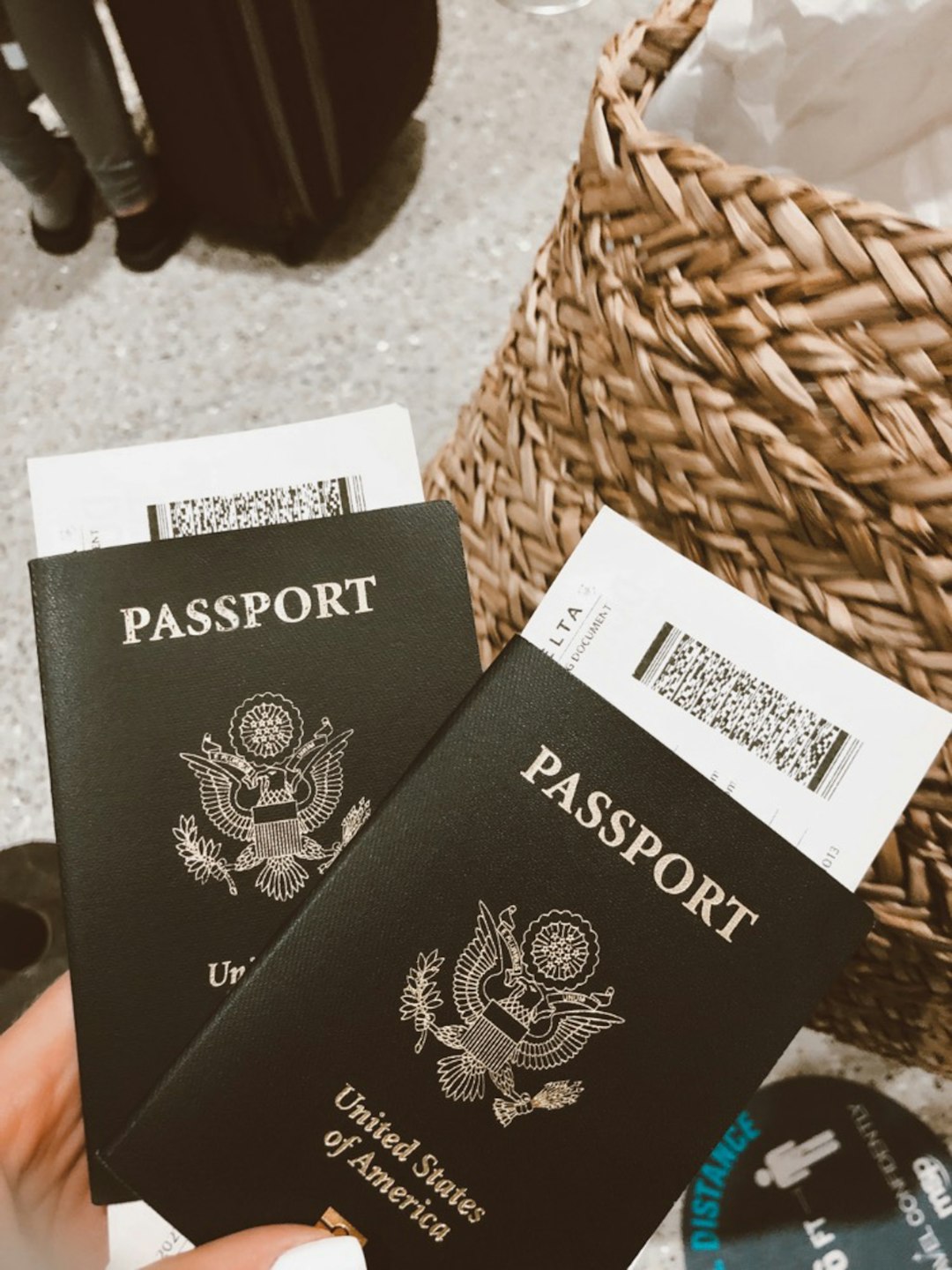
Travelers today face more hurdles than ever just to get a stamp in their passport. Countries like the United States have toughened their visa requirements, making the process longer and more complex for those hoping to visit. The U.S. State Department reported that visa refusal rates for certain nations jumped by over 20% since 2022, showing a real shift in policy. The European Union has also started to demand more from some applicants, especially from countries they consider risky. These steps are often justified by governments as necessary for national security and better immigration control. However, the practical effect is that many potential tourists simply give up before even booking a flight. Long waits, extra paperwork, and unexplained denials create a feeling of frustration and exclusion. The tourism industry feels this pinch as fewer people are able to travel freely.
Heightened Security Concerns
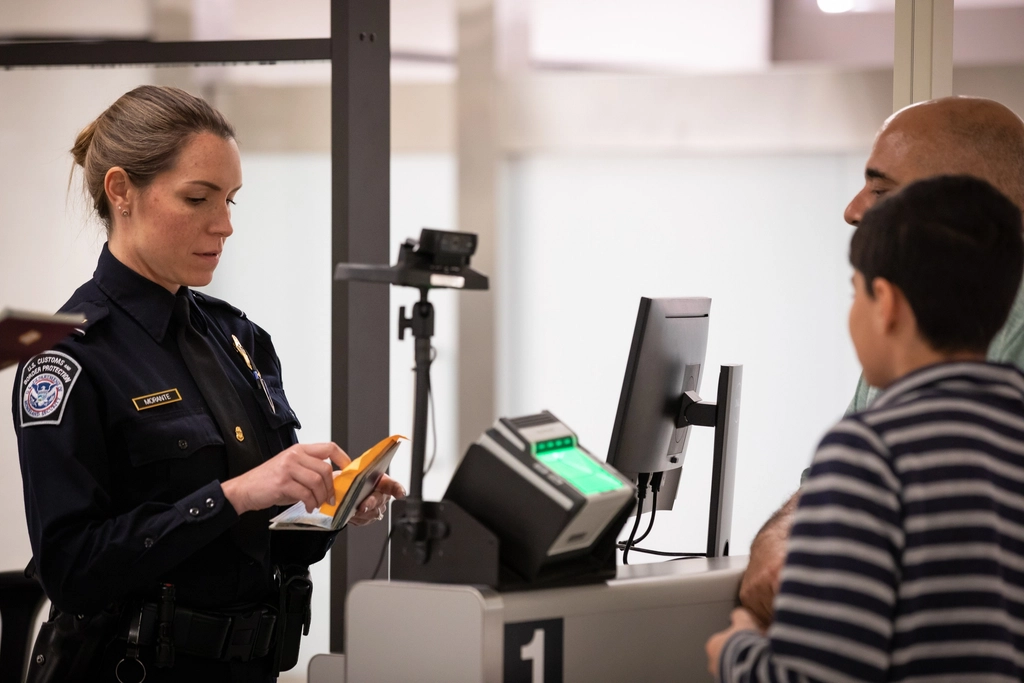
Security at airports and borders has become much tighter, often making travel feel like a test of patience and nerves. More countries now use advanced biometric screenings, which can significantly slow down the entry process. According to the International Air Transport Association (IATA), security-related delays have jumped by 30% in just the past two years. These measures, while designed to keep travelers safe, create long lines and extra stress for those hoping to relax on vacation. Airports are now filled with more security officers and surveillance than ever before, and even the smallest mistake can lead to extra questioning or missed flights. The visible increase in security also serves as a reminder of global threats, making some travelers anxious or reluctant to go abroad. Tourism numbers in destinations seen as risky have dropped, with travelers preferring places with less red tape. The sense of being watched or distrusted can make an otherwise fun trip feel like an ordeal.
Environmental Regulations

With growing concern for the planet, tourist hotspots are placing new limits on who can visit and when. In 2024, the Galapagos Islands imposed a strict cap on annual visitor numbers, leading to a marked decline in tourism. U.S. national parks followed suit, requiring advance reservations and restricting access during peak times. These rules are meant to protect fragile ecosystems from overtourism, but they also make spontaneous travel nearly impossible. Many travelers now find themselves shut out of bucket-list experiences simply because they missed a narrow booking window. The desire to save the environment clashes with people’s dream vacations, creating a new kind of disappointment. Destinations must constantly balance between welcoming visitors and preserving natural beauty, a challenge that grows every year. For many would-be tourists, this means fewer destinations to choose from and more competition for spots.
Economic Factors

Rising prices are keeping more people at home, with inflation making flights, hotels, and meals more expensive than ever. The World Tourism Organization reported a 15% drop in international tourist arrivals in 2024, largely due to economic uncertainty. Currency fluctuations can quickly turn a dream trip into an unaffordable fantasy, especially for travelers from countries with weaker economies. As the cost of living rises, families are setting aside less money for vacations and more for essentials. Even those who do travel are cutting back on spending, choosing shorter trips or less expensive destinations. The ripple effect is felt worldwide, as hotels, airlines, and tour operators see fewer bookings. Economic downturns also hit local communities that rely on tourism for their livelihoods. The result is a shrinking world for many would-be explorers.
Political Instability

Unrest and conflict in certain parts of the world have made those destinations virtual no-go zones for tourists. Frequent protests, sudden government changes, or even just the threat of violence can prompt countries to issue travel advisories. In 2025, ongoing conflicts in the Middle East and North Africa caused tourism in those regions to plummet. Travelers are wary of news reports that highlight danger, and many simply cross troubled countries off their list. Political instability not only affects safety but also disrupts basic services like transport and accommodation, making trips unpredictable. Even peaceful protests can result in road closures or curfews, further complicating travel plans. Tourists want reassurance, and destinations with a reputation for unrest struggle to provide it. The impact can last for years, as fear and uncertainty linger long after the headlines fade.
Technological Barriers

As travel becomes more digital, those who aren’t tech-savvy or lack access to the internet face new obstacles. Many countries now require electronic travel authorizations or online forms to be filled out before arrival. The Global Business Travel Association found that 40% of travelers had trouble with digital entry requirements in 2024. Glitches, confusing websites, and language barriers can turn a simple trip into a bureaucratic nightmare. Some travelers miss out on their holidays simply because they couldn’t navigate a complicated online process. This digital divide disproportionately affects older people and those from less connected regions, effectively excluding them from international travel. Even tech-savvy tourists can be tripped up by sudden rule changes or software errors. The shift toward digital-only systems creates a new kind of border, invisible but just as real.
Health and Safety Regulations
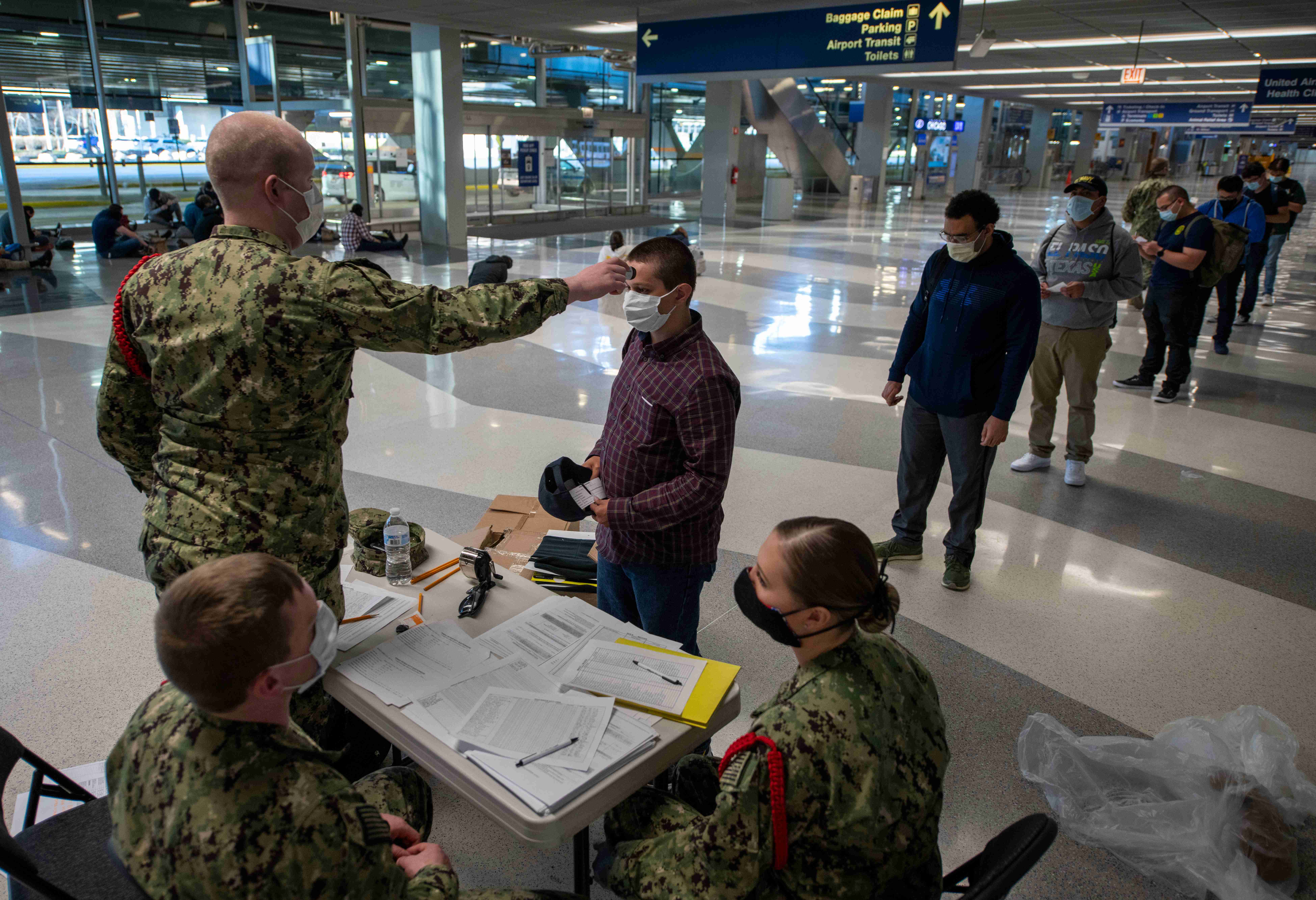
Health checks and new safety protocols are now a standard part of travel, adding more steps and stress to the journey. Many countries still require up-to-date vaccinations for entry, even as global health concerns evolve. For travelers who are unvaccinated or have difficulty accessing healthcare, these rules can be a roadblock. Quarantine requirements, health screenings at airports, and mandatory forms have become almost routine. Some tourists choose to avoid travel altogether rather than deal with the uncertainty of changing policies. The focus on health and safety is understandable, but it adds another layer of complexity to trip planning. Travelers must stay constantly updated on the latest regulations, which can change at a moment’s notice. The added burden makes spontaneous travel much harder to pull off.
Social Media Influence
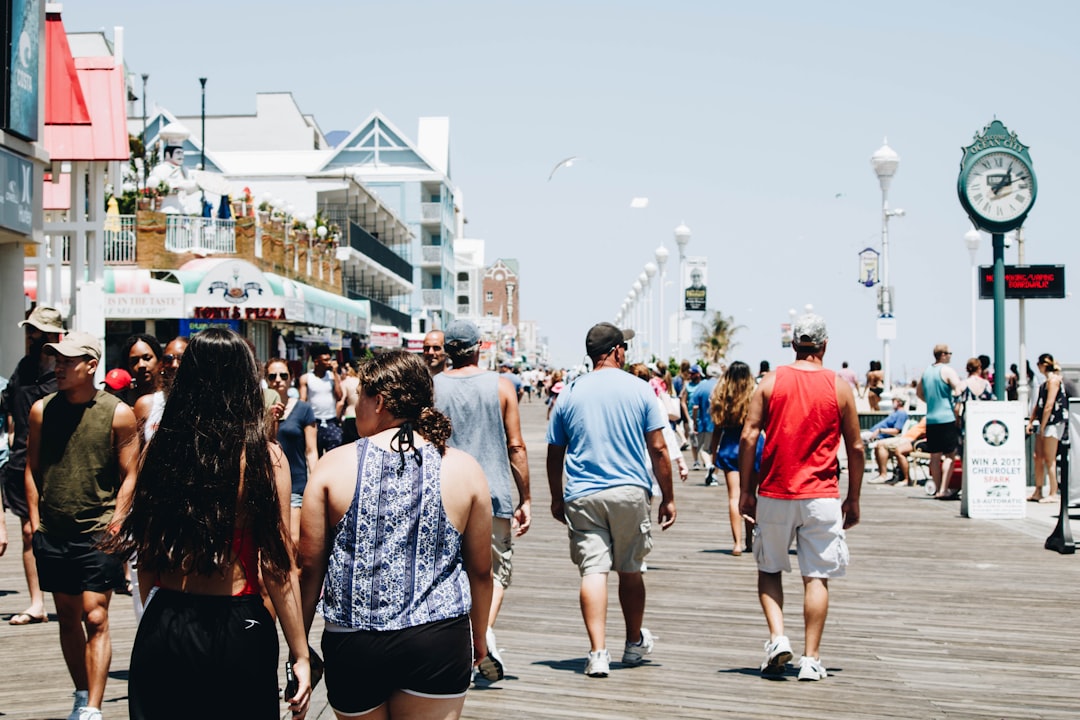
The power of social media has changed travel patterns, sometimes for the worse. Viral posts and influencer recommendations can turn once-quiet spots into tourist hotspots overnight. In 2024, Venice introduced tourist limits on its most popular sites after social media-fueled crowds began damaging the city’s fragile infrastructure. Other places have followed, restricting access to protect their environment and culture from mass tourism. This rush of visitors, driven by the desire to recreate Instagram-worthy moments, often leads to overcrowding and disappointment. Local authorities are forced to step in, setting new rules to manage the flow of people. The result is that some attractions become harder to visit, with advance bookings or outright bans. Tourists now have to plan further ahead and sometimes miss out on the experiences they saw online.
Cultural Sensitivity and Awareness
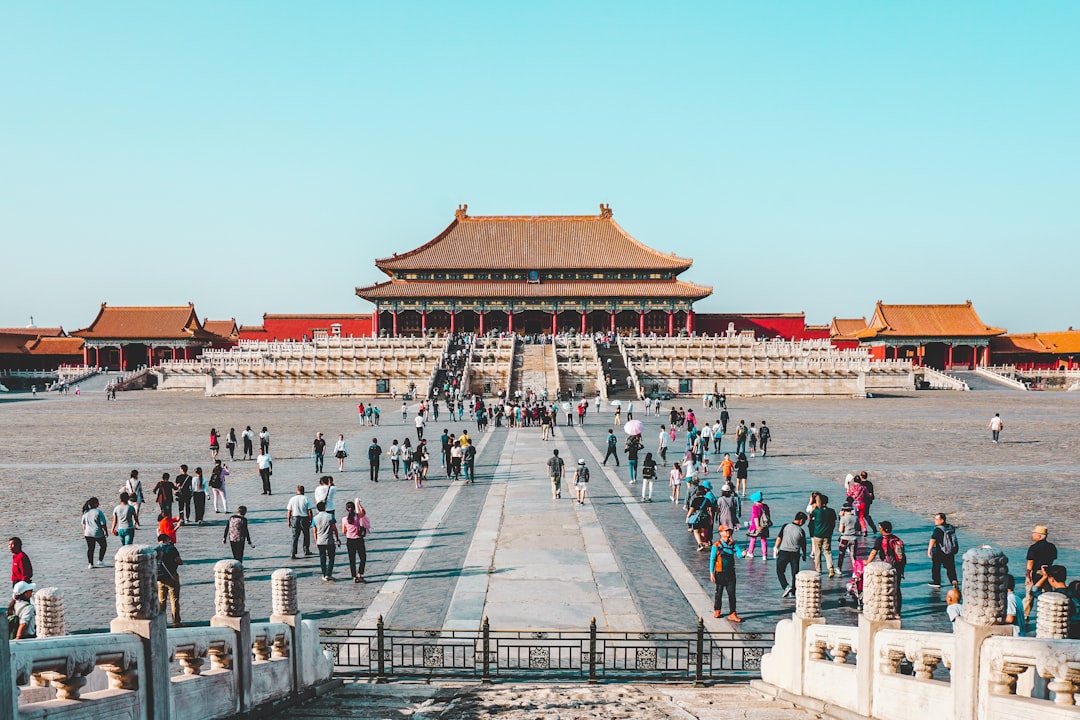
A growing focus on respecting local culture means tourists must navigate new rules and expectations. Some indigenous communities have started to limit access to sacred sites, hoping to preserve their traditions from outside influence. In 2025, several such communities announced strict visitor limits or bans, catching many travelers by surprise. The drive to protect cultural heritage is strong, but it can make travel feel more complicated for outsiders. Tourists are increasingly expected to understand and respect local customs, which isn’t always easy. Discussions about cultural appropriation and responsible tourism have become more prominent, putting pressure on travelers to educate themselves. Destinations may enforce dress codes, behavior guidelines, or restrict certain activities, creating another set of barriers. While these changes help preserve culture, they can also leave tourists feeling unwelcome or overwhelmed.
The Future of Tourism
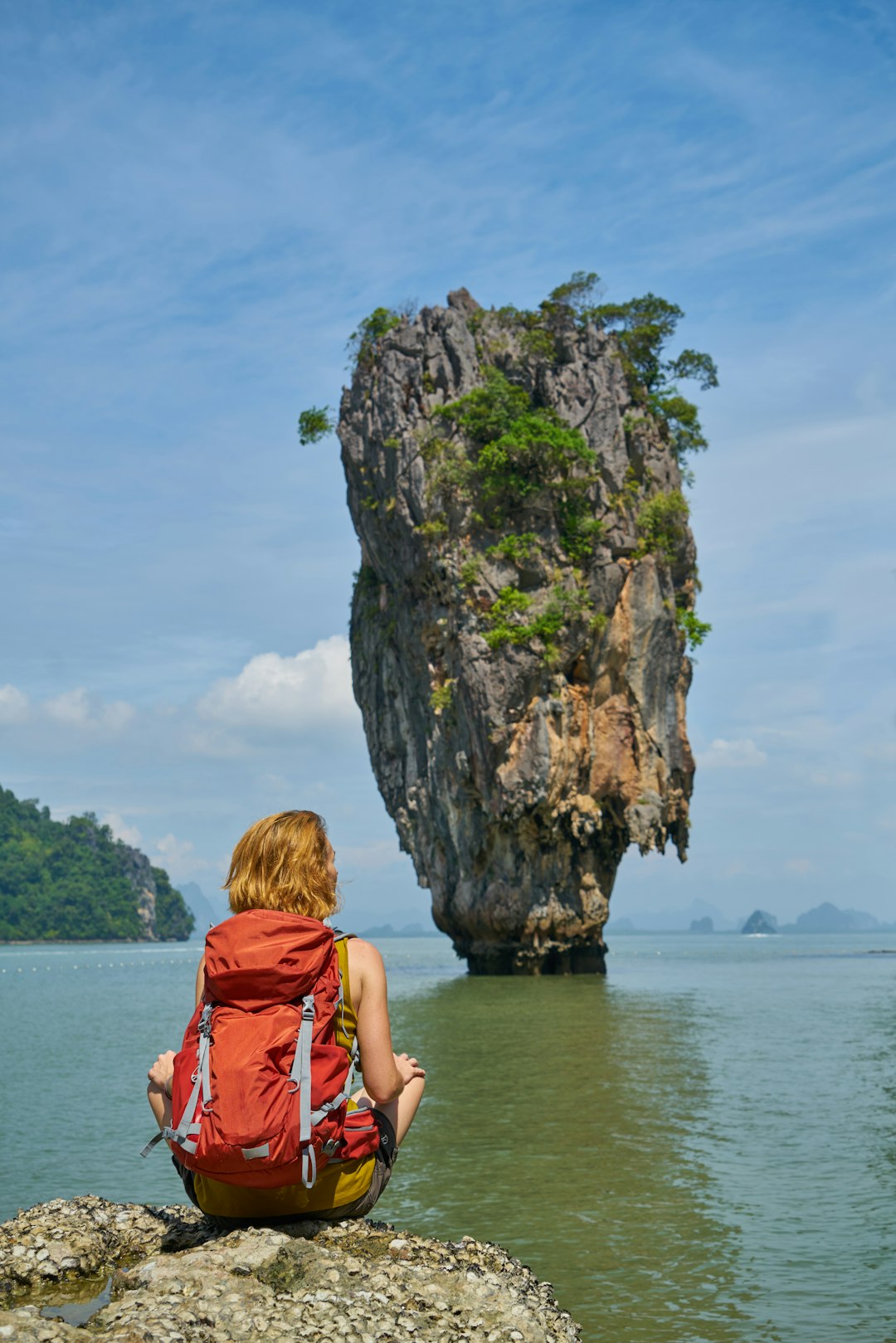
Tourism is changing fast, shaped by new rules, global events, and shifting traveler expectations. The move toward sustainability is likely to continue, with more destinations limiting numbers and promoting eco-friendly practices. Economic pressures mean travelers may choose fewer but longer trips, focusing on quality over quantity. Technology will keep playing a bigger role, for better or worse, as digital systems become the norm. Destinations and tourists alike must adapt to a world where flexibility and resilience are necessary. The industry faces the challenge of making travel accessible while also managing its impact on people and places. The changes underway signal a new era for tourism, one where barriers are higher but the rewards may be greater for those who persevere.
